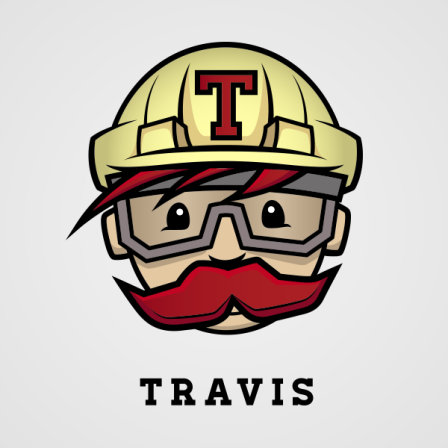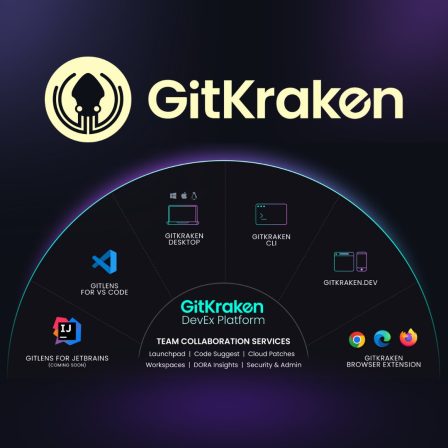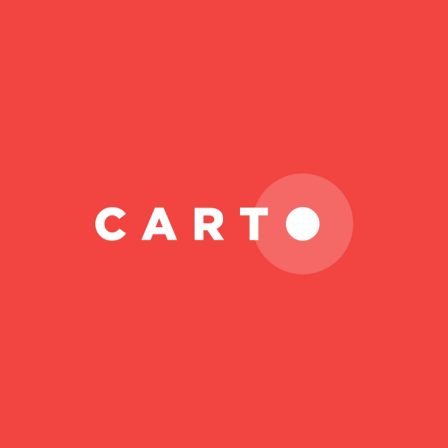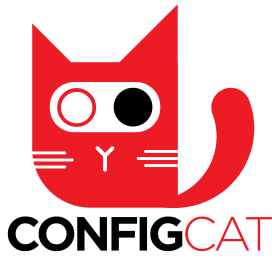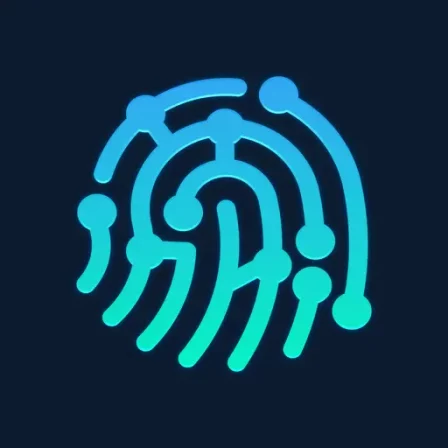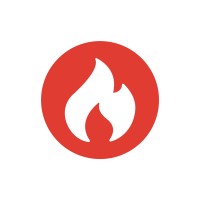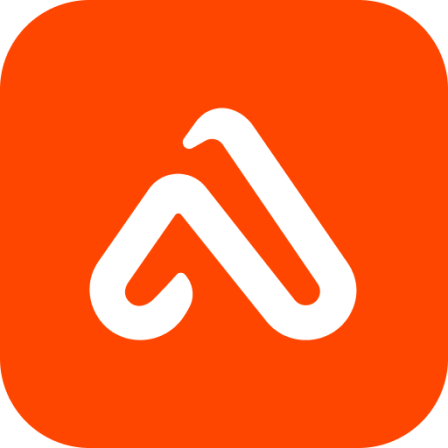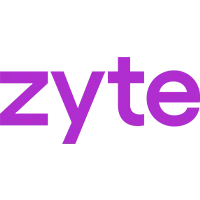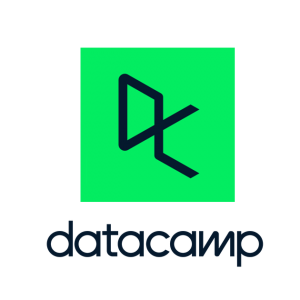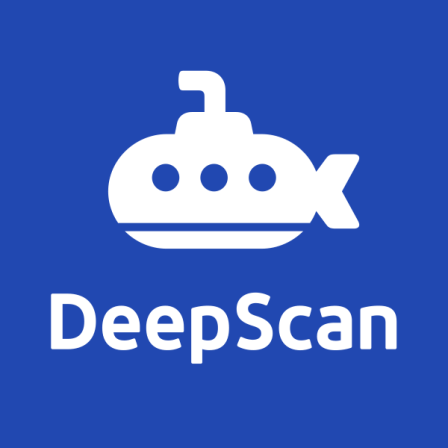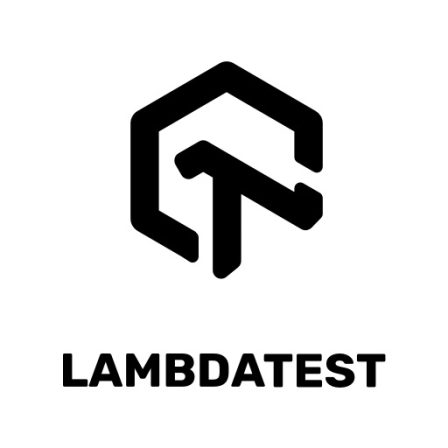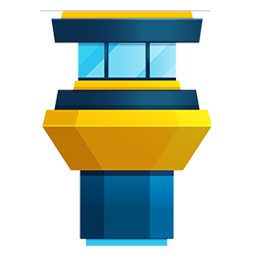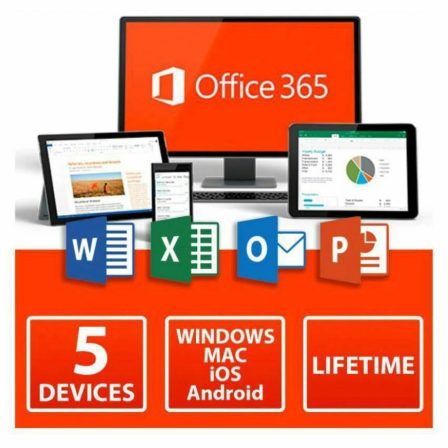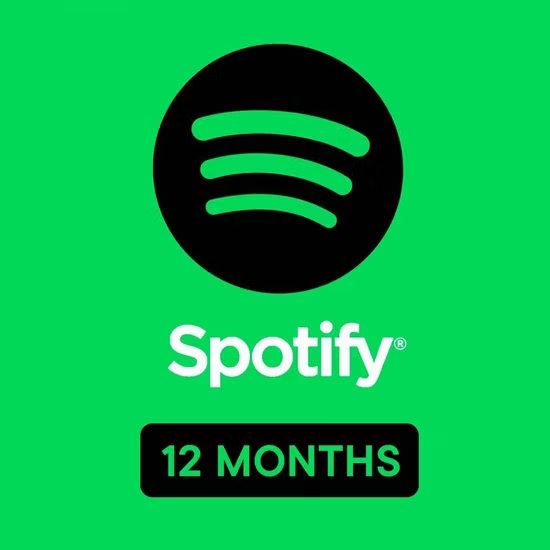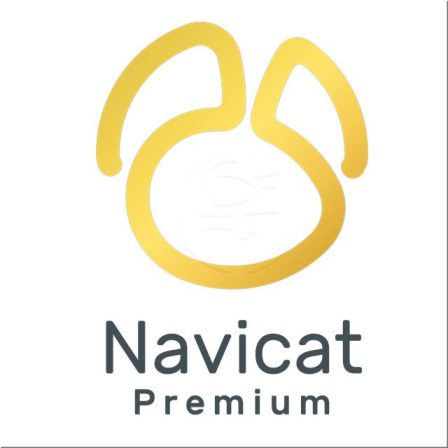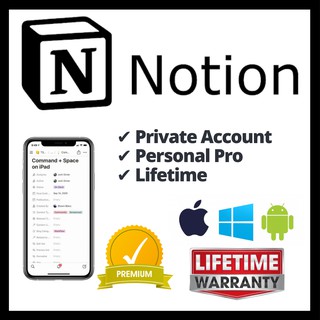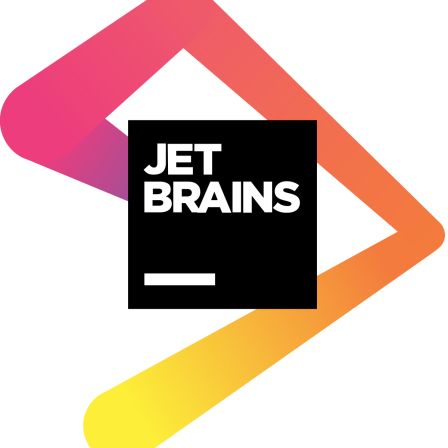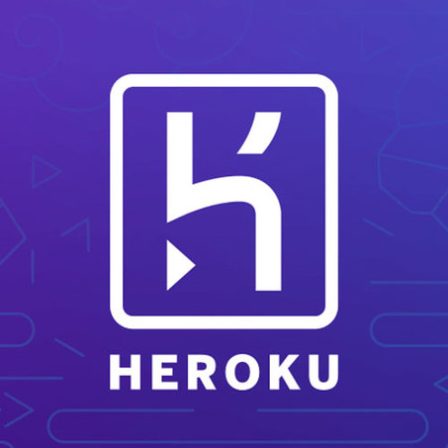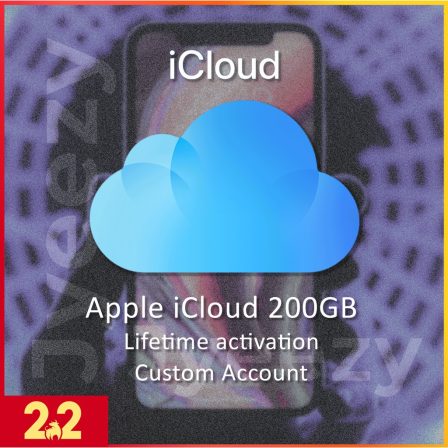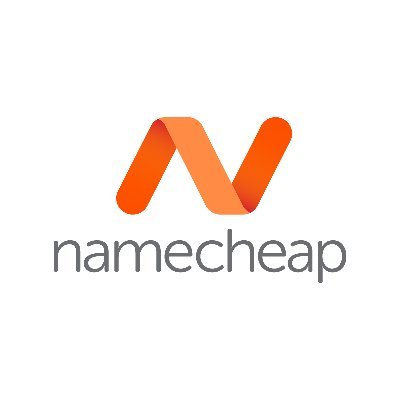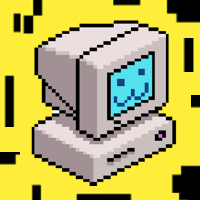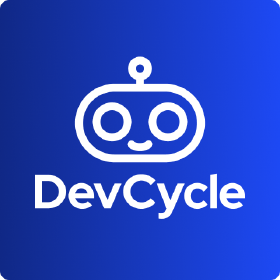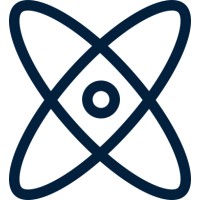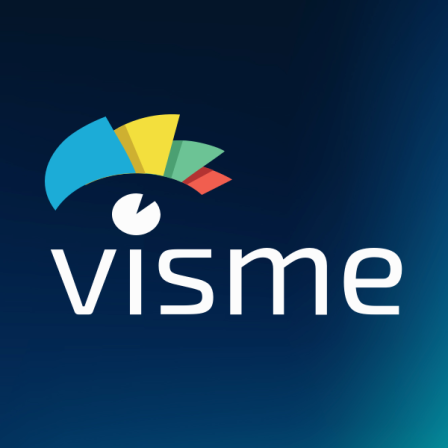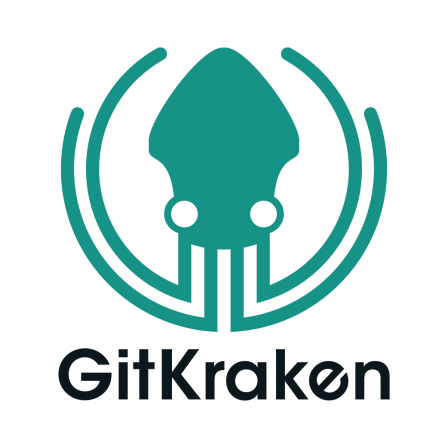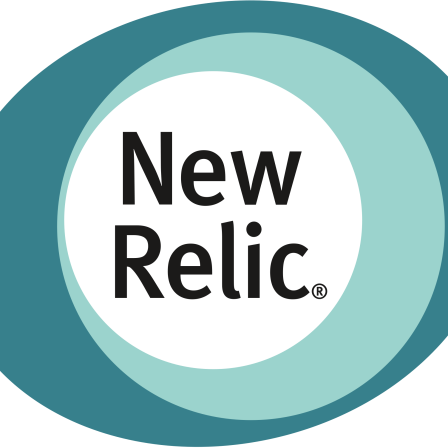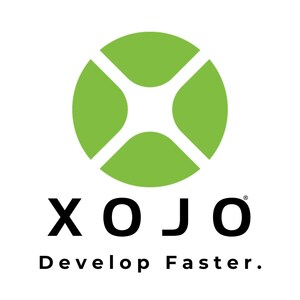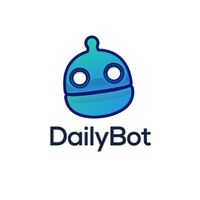There is no item in your cart
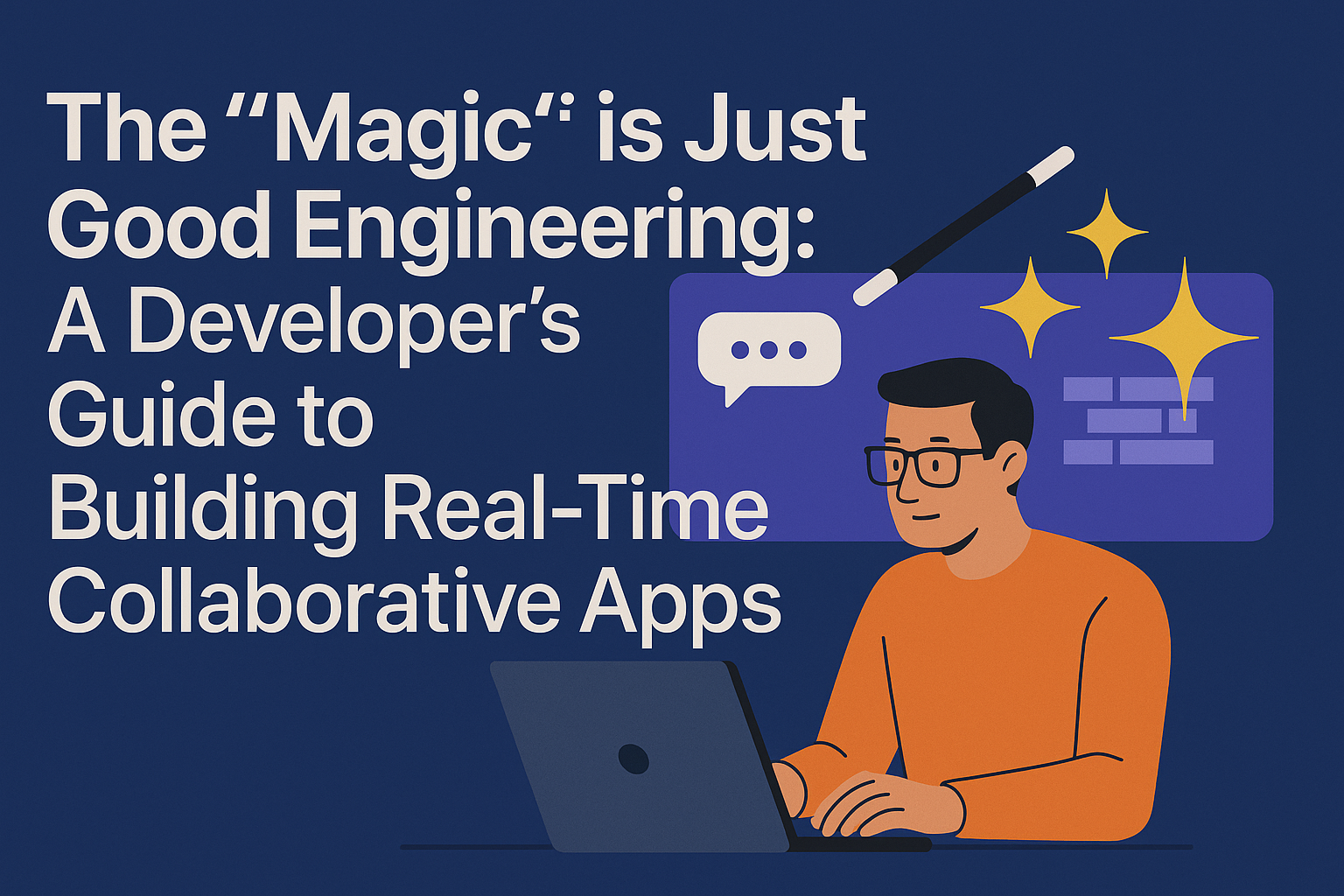
The “Magic” is Just Good Engineering: A Developer’s Guide to Building Real-Time Collaborative Apps
You’re editing a design in Figma, and you see your teammate’s cursor moving on the same canvas. You’re typing in a Notion doc, and your colleague’s additions appear instantly, without you ever hitting “refresh.” How does this “multiplayer” magic actually work?
For years, this kind of real-time collaboration was the exclusive domain of tech giants with massive engineering teams. But today, the architectural patterns and underlying technologies have matured, making it more accessible than ever for developers to build these delightful, collaborative experiences. This guide will pull back the curtain and break down the key components of a modern real-time application.
1. The Communication Layer: Beyond REST APIs
The traditional request-response cycle of a REST API is too slow for real-time collaboration. The foundation of any collaborative app is a persistent, bi-directional connection between the client and the server.
- WebSockets: This is the core technology that enables this. Unlike HTTP, a WebSocket connection stays open, allowing the server to push updates to the client instantly, without the client having to ask for them.
- Managed Services: While you can manage your own WebSocket servers, services like Pusher or Ably handle the immense complexity of managing thousands of concurrent connections at scale, allowing you to focus on your application logic.
2. The State Management Challenge: The “Secret Sauce” of CRDTs
This is the hardest problem to solve: what happens if two users edit the same piece of text at the exact same time, especially if one of them is temporarily offline?
- The Solution: Many modern collaborative apps solve this with Conflict-Free Replicated Data Types (CRDTs).
- In simple terms: CRDTs are special data structures designed with mathematical properties that ensure, no matter what order a series of edits arrive in, the final result will always converge to be the same for every user. They automatically resolve conflicts in a predictable way without losing data. This is the “secret sauce” behind many collaborative text editors and design tools.
3. The “Source of Truth”: Your Backend and Database
Even with CRDTs on the client, you still need a central source of truth.
- The Backend’s Role: The server acts as the central hub or “relay station.” It receives changes from one client, stores the authoritative version of the document, and broadcasts those changes to all other connected clients. A reliable, scalable platform like [Heroku] is perfect for hosting these stateful backend services.
- The Database: The database for a real-time app must be able to handle many small, frequent writes. This requires careful schema design and powerful management tools like [Navicat] to ensure performance doesn’t degrade.
4. The Reactive Frontend
Finally, the frontend needs to be built to “react” to the stream of updates coming from the server. A modern reactive framework (like React, Vue, or Svelte) is essential. These frameworks are designed to efficiently update only the parts of the UI that have changed, ensuring the user experience remains smooth and fluid, even with hundreds of updates arriving per second.
Conclusion
“Multiplayer” is rapidly becoming the new standard for all types of productivity and creative software. While the architecture is undoubtedly complex, the building blocks—managed WebSocket services, open-source CRDT libraries, and powerful cloud platforms—are more accessible than ever. Understanding these components is the first step to building the next generation of collaborative applications.
Building the next generation of collaborative applications requires a robust and professional tech stack. From hosting your real-time backend on [Heroku], to managing your complex database schemas with [Navicat], to ensuring your team can plan these complex projects in [Notion], SMONE provides the foundational tools for building the future of work. Explore our collection and start building together.
